|
St Maartens History
|

|

|

|
|
ST MAARTENS HISTORY - Fascinating People and Culture... | ||||||||
|
|
||||||||
|
The earliest humans on the island were of the Archic age... They were simple fishermen who did not know of agriculture, or manufacturing ceramics. At about 500 BC the first of several migration waves of peoples from the Orionco River, Venezuela arrived. These early agricultural ceramic makers were referred to as "Lgneri". AS of 600 AD another migration wave of early descendants of the Arawak speaking people, the "Elanan Ostionoids" traveled from the Orionco Basin to the islands of the Lesser Antilles in large canoes made of hollowed out trees, all the way to Hispaniola and Puerto Rico where the "Taino" culture developed. The “Tainos” were known on St. Maarten from around 1200 AD. There is no evidence, that the "Kalinago" (called Caribs by the Europeans) ever inhabited St. Maarten. ST MAARTENS HISTORY - Christopher Columbus Arrives...
After Christopher Columbus arrived in the Caribbean, naming each island he spotted from afar, the island got the name San Martin in honor of the then Bishop Of Tours. During this time many European explorers visited the island, some looking for a safe harbor, while others pressed the Amerindians into slavery. When the first Dutch set foot on the island in 1624, it was uninhabited. The presence of the many salt ponds made them decide to claim the island for the "West-Indische Compagnie" At about the same time a band of French men settled in the area known as the French Quarter. In 1632 the Dutch built a Fort and a small village at the peninsula presently known as Fort Amsterdam. The Spanish captured it in 1633 and built a second fort at Point Blanche. Efforts of the Dutch under the command of Peter Stuyvesant to recapture the island failed, and the Spanish did not give up the island until 1648. French and Dutch immediately moved back and on March 23 1648, the famous partition agreement was signed on Mount des Accords. (concordia)
 St maartens history - Below is a picture of Fort Amsterdam on the Peninsula that devides Little Bay and Great Bay.
The new colonists established plantations, growing commercial crops such as tobacco, indigo, coffee, cotton, limes and sugar cane. The island often changed hands between France, England and Holland. Pirates and looters caused much damage, and agriculture and salt production declined. It was Governor John Philips, appointed in 1735, who brought order after these chaotic years. He revived the production of salt and persuaded the land owners to increase and diversify their crops. St maartens history - Below is a view of the Great Salt Pond in Philipsburg where salt was formally harvested.
He also made land available to investors. The English came in large numbers, bringing their English speaking slaves with them. With the English influence the Dutch language and culture faded away. Fort Amsterdam was strengthened and the main village was moved from cul-de-sac to its present location and named Philipsburg in Honor of the Governor. Abolition of slavery on French St. Martin occurred in 1848. To avoid unrest, plantation owners on the Dutch side requested freedom for their enslaved Africans of the Dutch government and pending a decision granted the slaves certain privileges and drew up work contracts until slavery would be officially abolished in 1863. Eventually many estate owners left the island and ex slaves were able to obtain land on or around the former estates. ST MAARTENS HISTORY - The St Maarten Museum... The St. Maarten National Heritage Foundation Boasts a wealth of Historical information.
Trade declined and the sugar industry ended around 1875. Cotton production ceased in 1932 and so did salt in the 1940's. People returned to subsistence agriculture and fishing. Many with or without family, emigrated to Aruba and Curacao to work in the oil refineries. Others left for seasonal work in the Dominican Republic, or went to the United States of America, sending earnings to their families on St. Maarten. This situation changed drastically when around 1955 tourism started to develop on St. Maarten, bringing hotels, an airport, schools and the construction of new villages. Many St. Maarteners returned home. Unemployment was low and thousands of people from the neighboring islands and other parts of the world were attracted by the boom in the tourist economy. The population grew from 7000 in 1970 to 43,624 at the end of 2003!
ST MAARTENS HISTORY - The late Mr Emilio Wilson... The late Mr. Emilio Wilson who became a prominent figure in recent time was the owner of the Former Golden Rock Plantation now known as the Emilio Wilson Estate.
The island was hit by various hurricanes during the last decades causing disastrous damage to structures and the enviroment alike. However, the island is again on its way to full recovery. There is in strong spirit which the people of St. Maarten have always shown during both good and bad times. Fort Amsterdam | The old Myth
T |
H E
P E A R L
O F
T H E
C A R I B B E A N |
Return St Maartens History To Discover-St.Maarten Home Page.











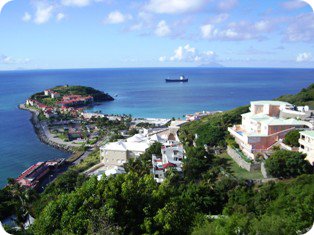
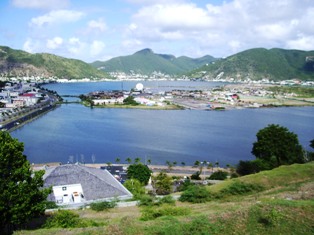
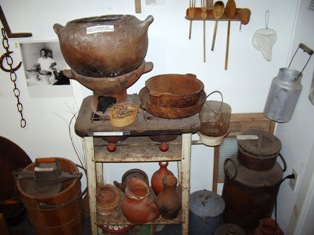
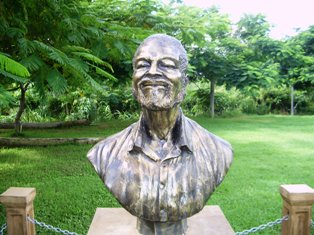


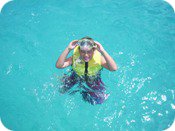
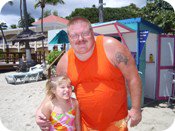
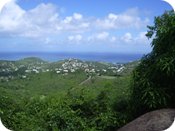
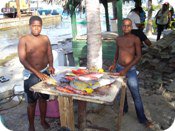
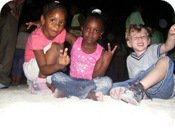
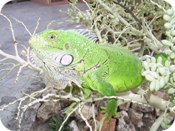

New! Comments
Have your say about St Maarten! Tell your FB friends about this page in the box below.